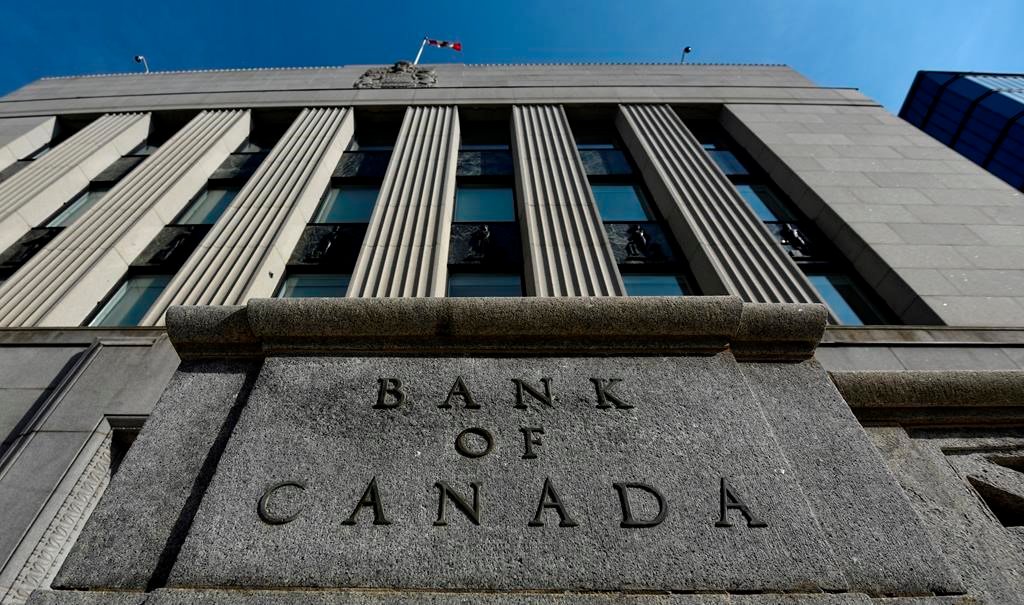According to consulted sources, Canada intends to maintain annual permanent resident targets while reducing reliance on temporary admissions. These shifts reflect the government’s response to housing pressures, labour market mismatches and community concerns.
Stabilising Permanent Residents
First, Canada appears set to keep its permanent resident targets in a narrow range. Estimates suggest the annual goal may hover between 380,000 and 416,000 newcomers.
This stability aims to ensure system predictability and fairness for provinces, employers and newcomers alike. Meanwhile, the government promised earlier that permanent admissions would stay under 1 % of the national population annually.
Tightening Temporary Resident Intake
Secondly, the government plans to tighten temporary resident numbers. Specifically, Study Permits and low-wage work permits may face stricter caps or rules.
The objective: reduce the share of temporary residents to under 5 % of the population by thus easing infrastructure, housing and settlement strain. Provinces voiced concerns about student permit volumes and low-wage foreign work programs.
Key Measures Under Consideration
Among the expected reforms are:
- Caps or stricter criteria on international students and low-wage workers.
- Greater emphasis on Permanent Resident pathways such as Express Entry and Provincial Nominee Programs (PNPs).
- Enhanced regional distribution and francophone newcomer targets outside Quebec.
- Stronger coordination between Ottawa and provinces on settlement capacity and labour market needs.
Implications for Stakeholders
For employers, tighter temporary intake may complicate staffing, especially in hospitality, agriculture and health sectors. They may need to pivot to permanent-resident streams or invest in workforce development.
For prospective newcomers, the system may become more selective, emphasising economic skills and Canadian experience. Communities will monitor how changes affect settlement services and infrastructure needs.
See also: Canadian Asylum Seeker Detained After Accidental U.S. Crossing
Political and Social Context
Immigration remains central in federal politics. The government frames its approach as responsible growth rather than abrupt cuts. Meanwhile, opposition voices argue that restrictions could harm Canada’s talent pipeline and economy. Polls suggest Canadians favour stable immigration numbers coupled with better housing and public service investment.
United by consultations across provinces, the government will release full details of the 2026-2028 plan soon. It will include numerical targets, program priorities and settlement strategies. Observers will focus on temporary-resident quotas and shifts in Express Entry. Provinces will map budgets and policies around settlement and training reflecting the framework.
Canada stands at a cross-roads in immigration strategy. With permanent-resident levels set to stabilise and temporary paths tightened, Ottawa aims to balance openness with infrastructure realities. For newcomers, employers and provincial governments alike, the next few months will define Canada’s immigration direction and its ability to integrate newcomers effectively.











